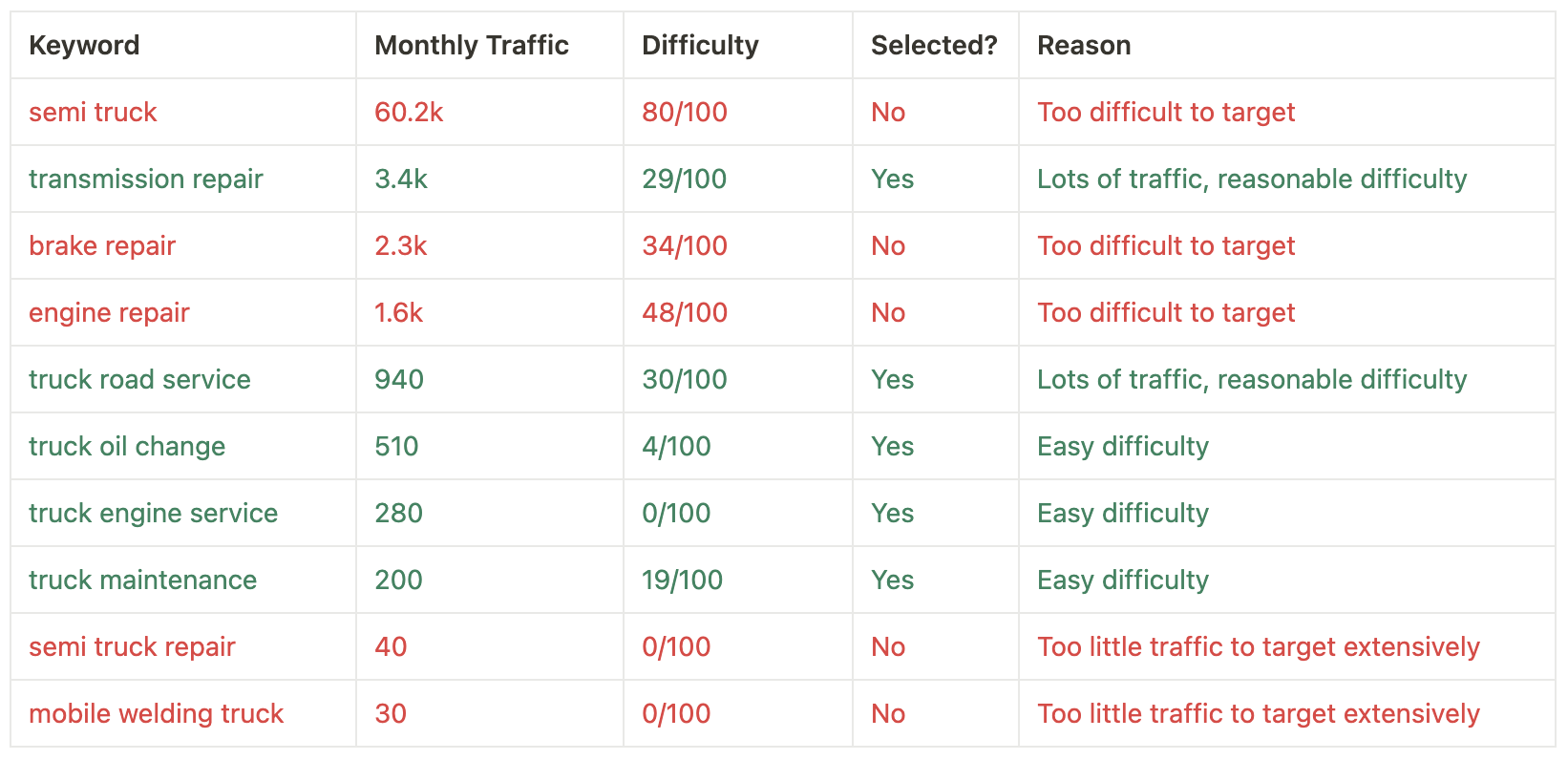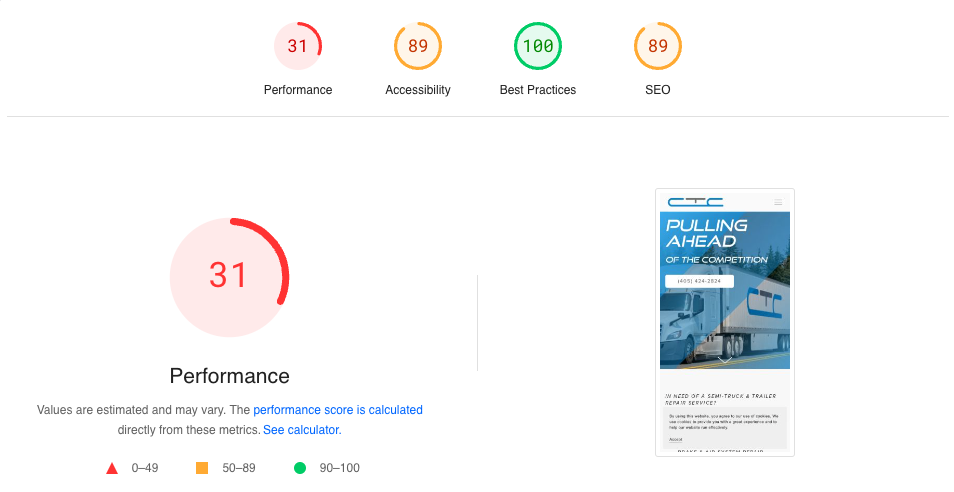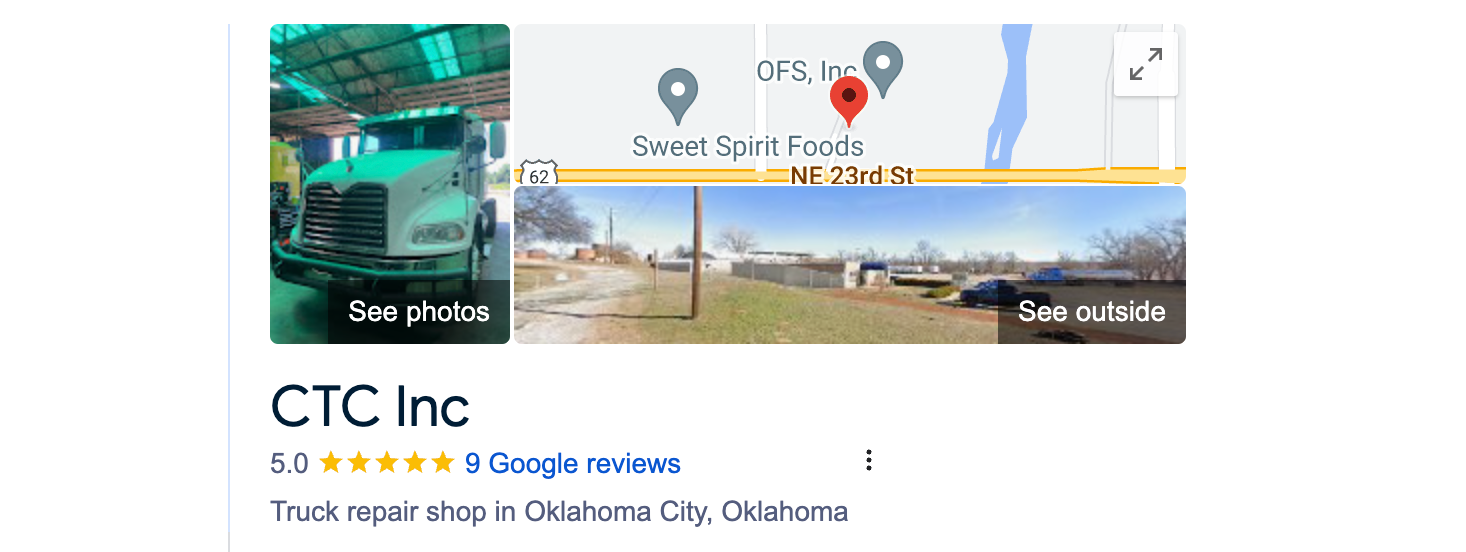The No BS SEO Guide
The no fluff guide to SEO for beginners. A 7 minute read with actionable steps to increase website traffic.
February 1, 2024

Who should read this? People who have little to no understanding of what SEO is and want a quick and "to the point" summary of the topic.
What exactly is SEO?
SEO (Search Engine Optimization) put simply is the process of getting your website to rank higher on Google. The higher your website and it’s pages rank on Google search, the more people will click on your links, and thus the more organic traffic your site receives.
Should I work on my SEO?
While everyone can benefit from more organic traffic, here are the top 2 criteria for whether or not to invest your time/money into SEO:
- SEO takes a long time to see results. It’s an investment. SEO often takes at least 3 months before you see results in more organic traffic. If you want faster results, try Google Search ads. Simple rule: SEO takes a lot of time, but can be a cheaper source of traffic that grows organically. Google Ads is fast traffic, but more expensive.
- Is your business searchable? It may sound obvious, but does your business provide a product or service people often search for? Good examples are home services (plumbers, electricians), business services (lawyers, accountants), or health services (dentists, optometrists).
Sounds good, how do I improve my SEO?
TLDR:
- Write and publish quality content on your website people want to read when searching on Google.
- Get other websites on the web to contain links to your website.
More specifically, there are two categories of SEO to improve:
On-site SEO: Changes made to your current website
- Content: Adding more quality content to your website that people will search for and read
- Technical: Ensuring your website adheres to proper coding practices so Google’s algorithm can better scan your pages
Off-site SEO: Changes made outside your website
- Backlinks: Adding more links directing to your site from other trustworthy sites boosts your own site’s credibility
- Online presence: Creating accounts for your business on large social platforms (Yelp, Facebook) and posting regularly helps drive traffic to your site
How does Google determine what to rank higher for a search?
Google follows two general rules, which correspond to the two areas of SEO - on-site and off-site improvements:
- Google scans your pages and determines if the content is thorough, useful, and if the technical code aspects are up to par
- Google assesses your site’s trustworthiness, by seeing how many other websites link to your website’s pages
Note: Google does not reveal the specific criteria on their ranking algorithm, and they change it from time to time.
Ok, now give me some concrete steps to improve my SEO!
The following steps are listed in order of importance and difficulty:
- Steps 1 - 2: Content SEO - easy to pick up, ~10 hours/month
- Step 3: Technical SEO - difficult to understand
- Steps 4 - 5: Off-site SEO - I’m serious about SEO, will take some solid time and money
I will walk you through the process with our example business: CTC Inc - a family owned semi-truck and trailer repair service in Oklahoma City.
Friendly FYI: an SEO tool like Seona or Semrush can save you lots of time in the process.
Step 1: Find keywords to write content about [Content SEO]
The first step to writing good content is figuring out what to write about. This is where researching keywords comes in. Keywords are basically words or phrases people commonly search for, such as “men’s sunglasses” or “marketing strategies.”
- Create a list of 100 keywords relevant to your business and expertise. You can use an SEO keyword planner tool to help you with this.
- Use an SEO tool to find the monthly search traffic and difficulty of these keywords. Keyword difficulty is exactly what it sounds like - how competitive a keyword is to rank for.
- Narrow down your list of keywords (a good start is 20 - 50) by picking keywords that have high traffic and low difficulty.
Example
Here is the keyword research done for CTC Inc, with an example set of 10 keywords. Data is provided by Seona.
The final list of keywords to target are: transmission repair, truck road service, truck oil change, truck engine service, and truck maintenance.
Step 2: Write content and publish it consistently [Content SEO]
Now that you have the keywords you want to rank for, it’s time to write content around them and publish them to your site. Consistency is key to maintaining your online presence and SEO.
A common way to consistently pump out content is through a blog. Here are a few example blog post formats to get you started:
- Pillar posts - detailed articles (>3000 words) that thoroughly describe a topic
- Definition posts - they explain a term, concept, or process
- Numbered listicles - think “Top 5 Jewelry Trends of 2024”
- FAQ posts - answers a frequently asked question like “Why Do Cats Hate Water?”
Typically, a good way to structure your content is to write an extensive pillar page for each target keyword, and then branch off and link to shorter blog posts focusing on sub-topics around that target keyword. This is called topic clustering.
Easy tip for brainstorming what to write about? Search up the keyword you’re targeting on Google, and see what other high ranking pages are writing about!
A good rule of thumb is one well written pillar post per month and one blog post per week posted to your site.
Example
Here are the blog topics that CTC Inc wrote about, targeting one of the keywords that they picked out: “transmission repair.”
Step 3: Double check if your website’s code is up to snuff [Technical SEO]
The top 3 most important factors for technical SEO are:
- Website structure - make sure your website’s pages are in a hierarchical structure, branching out from your home page through accessible links
- Page speed - the quicker your page loads, the better
- Mobile-friendliness - Google actually looks at your mobile website first when deciding rank
What's the easiest way to measure your website page’s technical SEO score? Use Google’s PageSpeed Insights! The tool will scan your site and rate you on factors like speed performance and accessibility.
Tip: The easiest way to increase page speed is converting the images/videos on your website to the Webp format (developed by Google themselves!)
Example
CTC Inc put their website www.ctc-inc.net into PageSpeed Insights to check their technical SEO. They found that their weakest area was their slow page speed! To fix this, they converted their main homepage image to Webp.
Step 4: Register your business on the web [Off-site SEO]
Now it’s time to tackle off-site SEO! The easiest way to drive quality links to your site is by creating accounts for your business on relevant online platforms - bonus points if you’re active and posting on them.
Here’s a list of example platforms you may want your business on:
- Professional Social Networks:
- Business Directories:
- Industry-Specific Directories:
- TripAdvisor (for travel and hospitality)
- OpenTable (for restaurants)
- Houzz (for home improvement and interior design)
- Healthgrades (for healthcare providers)
Because these platforms are reputable, having links from their website pointing to yours drives your sites authority as well. Plus, creating an account usually only takes a few minutes.
Example
CTC Inc made a Google My Business account and a Bing Places account for their business (and it took them less than 10 minutes). After publishing their accounts live, their listing now drives traffic to their website and improves the trustworthiness of the business.
Step 5: Reach out for backlinks [Off-site SEO]
What is a backlink? A backlink is simply a link that points from another site to yours.
As stated earlier, one of the main ways Google chooses to rank is how many OTHER quality sites point to yours, like a voting system. Thus, the final way to increase your page rank is by reaching out to high authority sites for a backlink to your site.
This is a more scalable and definitive way of boosting your site’s SEO, but it comes at a price: The average cost of a quality backlink is $195, and can go up $2500 depending on the quality and niche.
Here is a step by step guide for reaching out for backlinks:
- Research - Come up with a list of websites that are relevant to your niche and have high domain authority
- Email - Send an email to those websites, asking for a backlink to your site. Be sure to mention the specific blog post or article to link to, and why it could be relevant.
- Negotiate - Discuss and agree to a price (Tip: You can offer a backlink in return to sweeten the deal)
Example
CTC Inc looked for a high authority site in the truck repair industry and found: mitchell1.com.
Mitchell 1 had a resources page (mitchell1.com/resources) which included a lot of guides on repair information. CTC Inc thought this could be an appropriate page to link their own guide on “How Regular Maintenance Can Extend the Life of Your Semi-Truck.”
Here is a sample email drafted to mitchell1.com for a backlink:
Dear Mitchell 1 Team,
I hope this email finds you well. My name is ________, and I am the head of marketing at CTC Inc, a family owned semi-truck and trailer repair service in Oklahoma City.
I was wondering if Mitchell 1 would be open to featuring a backlink to our website, www.ctc-inc.net, on your website. Our site offers comprehensive guides on truck repairs, which we think could pair well with your informational repair guides.
An example backlink placement would be showcasing our blog post “How Regular Maintenance Can Extend the Life of Your Semi-Truck” on your resources page at mitchell1.com/resources.
Thank you for considering this request. I look forward to collaborating and would be happy to discuss further details or answer any questions you may have.
Regards,
Head of Marketing | CTC Inc
Conclusion
The SEO industry is often confusing for many business owners, because it's difficult to measure the impact on your website traffic your SEO efforts are making. Hopefully this guide taught you what SEO is, and how you can actually improve it to gain some organic traffic for your business.




